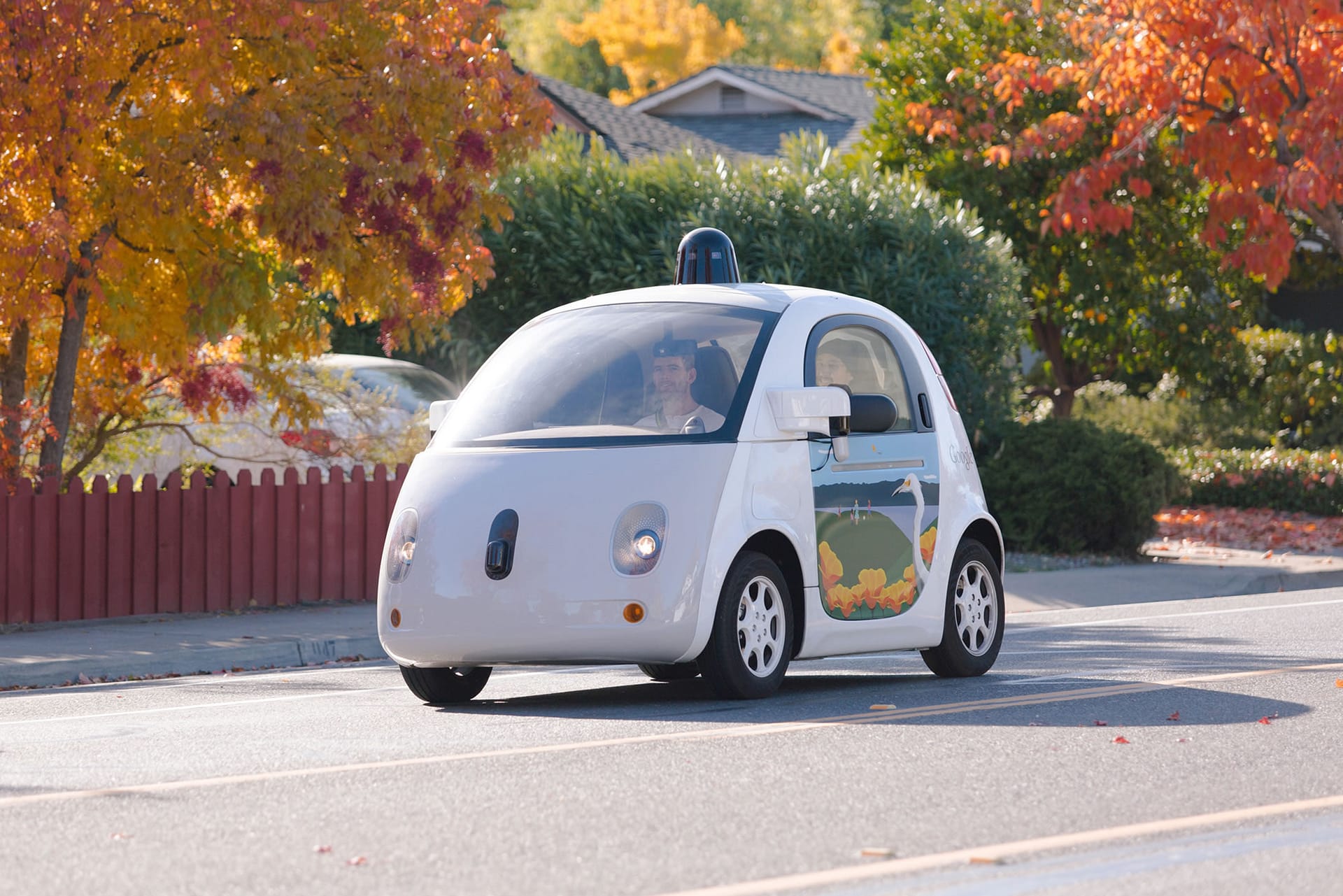Google’s Self-Driving Car
Over 1.2 million car accidents occur every year across the globe, with an astonishing 186,209 casualties in Great Britain alone last year. While in the United States, 94% of accidents have involved human error.
94% of accidents in the U.S. involve human error
Google is aiming to create a car that can drive itself from place to place, without the need for any human intervention, thus making mobility safer and offering the potential to reduce accidents dramatically.
How does it work?

Google’s car uses a mix of sensors and software to sense objects such as pedestrians, cyclists and vehicles. The sensors include lasers, radars and cameras that are placed on top of the car, almost looking like a black siren. The sensors help detect the object while the software classifies the object based on size, shape and the pattern of movement, and predicts what the identified object will do next. Based on it’s findings, the software will then choose a safe speed and path for the car.
The car features a rounded shape to maximise the sensor field of view, and includes back-up systems for steering, braking, computing and more, while of course the interior is designed for riding, not driving…
How safe is the car?
The May 2015 Google report totalled 12 minor accidents in the six years of Google’s self-driving car project and 1.8 million miles driven. According to Google, in all these cases the cause was not of the self-driving car but due to the input of manual driving – (during the testing stage, Google drivers watch over how the car drives to provide feedback to the engineering team and take over the driving when desired.)
When the car be available on the market?
So far, Google has successfully self-driven over 2 million miles – that’s over 300 years of human driving experience, considering the hours spent on the road. With a testing fleet currently on the streets of Mountain View, CA, Austin, TX, Kirkland, WA and Metro Phoenix, AZ. Google plans to continue it’s testing in various situations and more complex scenarios such as city streets, and if the technology develops as they’ve hoped, will bring the self-driving cars to market with the help of their automotive partners including Roush, Bosch, Continental, FRIMO, LG Electronics, Prefix, RCO and ZF Lenksysteme.
To the future
Although the first obstacle is ensuring the car can self-drive through any terrain or weather condition, the second is how the Google car would fit into our society. Not only would it take a huge leap of faith to put your safety on the road into the hands of a robot, but also how this technology would fit in and the impact it would have.
Will the car evolve in size to suit families? Will newbies to the roads need a driving licence to travel in a self-driven car? Will petrol stations be replaced with charging stations to power the electric batteries? Will the car and/or insurance be affordable and thus accessible to those with lower incomes? With many unanswered questions, it looks like the future of self-driven cars still has a long way to go…

